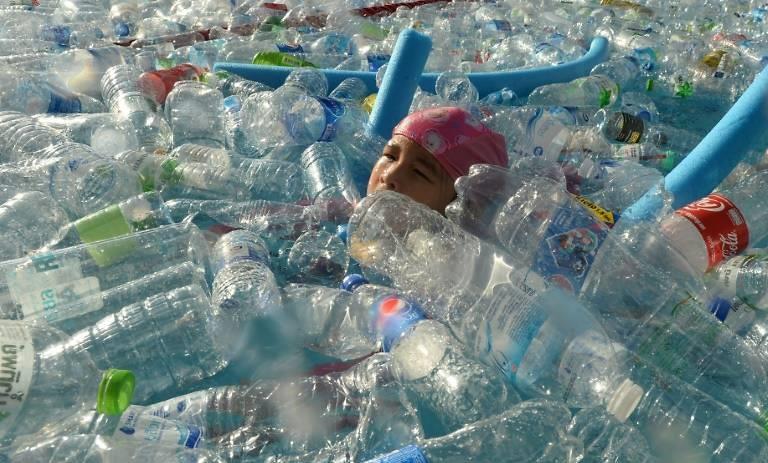BANGKOK, May 12 (CNA) - Since the COVID-19 pandemic emerged, having food delivered at one’s doorstep has become a new normal for many people in Thailand.
But while food delivery services offer more options and convenience to consumers, they have also added tonnes of plastic to Thailand’s struggling waste management system.
Before the health crisis hit, the Southeast Asian country generated about 5,500 tonnes of plastic waste per day, according to Thailand Environment Institute’s (TEI) president Dr Wijarn Simachaya. Today, the number has jumped to 6,300 tonnes, he said.
“The impact of food delivery services is considerable, especially in Bangkok, where the industry has grown tremendously,” he told CNA.
Plastic use has soared, even as total waste generated in the Thai capital has decreased.
Bangkok typically produces about 10,500 tonnes of total waste per day, but the number has dropped by 12 per cent since March, largely because the global pandemic has stopped tourists from travelling.
“Still, the amount of plastic waste in Bangkok has gone up during this period. The growth is significant,” Dr Wijarn said, adding the city now generates nearly 3,000 tonnes of plastic waste each day.
The longevity of plastic products, whose original form can last 400 years, results in most of them going into landfills.
According to the Pollution Control Department, plastic accounts for up to 12 per cent of Thailand’s total waste every year – about 2 million tonnes.
However, only 25 per cent of it gets recycled while the remaining is mostly single-use plastic and often end up at dump sites or in waterways.
In recent years, anti-plastic campaigns have raised public awareness of environmental issues in Thailand.
On Jan 1, the country welcomed a nationwide movement to voluntarily ban single-use plastic bags. The ban has received support from the Thai Retailers Association, which owns some 24,500 retail distribution channels nationwide.
But with the ongoing health crisis, Dr Wijarn said the restriction of public movement and a growing reliance on food delivery services, as well as online shopping platforms, has stalled nationwide efforts to reduce plastic waste.
“One delivery order creates on average four plastic items. Some kinds of food like noodle soup come with various condiments in plastic bags. Many kinds of plastic can be recycled but the problem today is that plastic doesn’t always enter the waste system,” he said.
The crisis has posted some obstacles but it’s understandable. The important question is where used plastic goes and how it can be collected systematically.
Thailand is facing a serious environmental challenge caused by millions of tonnes of plastic. In fact, it is the fifth biggest contributor in the world to ocean waste.
A 2015 report by Washington DC-based environmental advocacy group Ocean Conservancy showed more than half of plastic waste in the ocean originated from five rapidly growing economies - China, Indonesia, the Philippines, Vietnam and Thailand.
The magnitude of plastic waste may have made many Thais more eco-conscious. Still a zero-waste or low-plastic lifestyle remains limited to a small network of people largely because life can be cheap and easy with plastic.
While a quarter of plastic waste – mainly plastic bottles – gets recycled each year, single-use plastic items such as cutlery and cup from affordable take-away services often end up at landfills as they are considered worthless and thus not collected by mainstream recycling companies.


